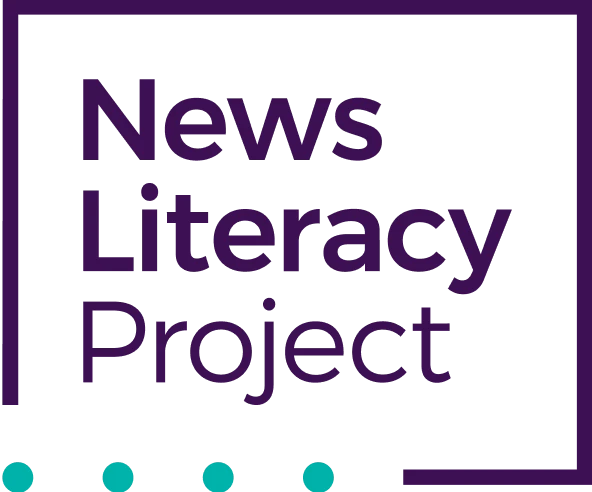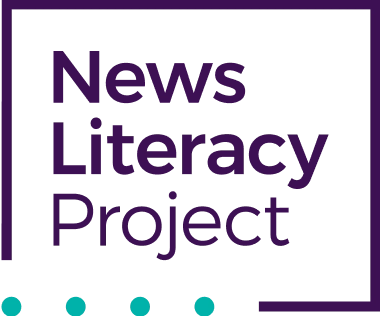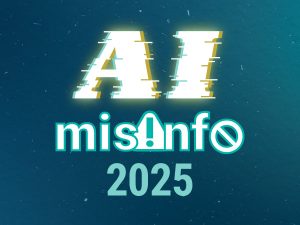Track the trends: Get to know the election dashboard
Welcome to our blog series focused on the Misinformation Dashboard: Election 2024, a tool for exploring trends and analysis related to falsehoods regarding the candidates and voting process.
Every day people are bombarded with information on social media, and in this rush of content, false claims can slip by undetected. Developing the skills to identify and address falsehoods is important for every online user, especially in the days leading up to a historic presidential election, when the volume and variety ratchet up, as well as the stakes.
That’s why NLP has launched its Misinformation Dashboard: Election 2024 – an interactive collection of viral election-related falsehoods that we began compiling in July 2023, with a post from an ordinary Instagram account. The shocking image: a screenshot of what appeared to be an endorsement of Donald Trump for president from superstar Lady Gaga.

But it was not genuine. The image was created by doctoring a photograph of Gaga as she addressed a crowd in Pennsylvania during President Joe Biden’s campaign in November 2020. And the alleged quote, well, that was a complete fabrication. Since then, we’ve cataloged more than 500 other false claims aimed at influencing the electorate.
But the dashboard goes well beyond simply compiling examples of false, manipulated and AI-generated content. It identifies common tactics used to create these falsehoods, along with the recurring themes around which they cluster – an approach that we hope helps people be able to better recognize and reject these pieces of misinformation in their feeds.
The Types and Tactics of Misinformation
NLP’s Misinformation Dashboard: Election 2024 is divided into two broad sections: themes and types of misinformation.
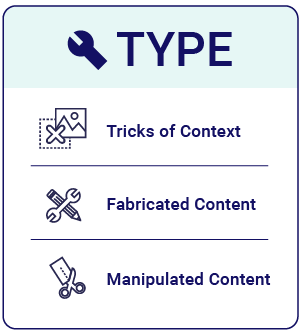
Tricks of context have proven to be the most common form of election misinformation online so far — and the most common is the use of “false context,” or presenting an image or video along with text that inaccurately describes it. This tactic is likely popular because it is both effective and easy. False context claims often follow major breaking news events when people are following trending hashtags to get the most recent information. During a natural disaster, it is practically guaranteed that engagement seekers will post years-old photographs or videos and falsely claim that they relate to current events. The same dynamic plays out in political posts. After a campaign rally, for example, it’s not uncommon for images of large, enthusiastic crowds – such as photos of concerts – to go viral as disingenuous depictions of crowd size.
Fabricated content and manipulated content are the two other misinformation types found in the dashboard. While there have been a fair number of fabricated images created with AI-generated software, these technologically advanced falsehoods are still outpaced by less sophisticated counterparts. It is far more common to encounter a sheer assertion – an evidence-free claim that is fabricated out of thin air – or a fictional quote, than an AI-generated image. Manipulating content is another common approach to creating misinformation, with doctored images of T-shirts, signs, and news chyrons among the most common items used in these digital alterations.
Visit the Misinformation Dashboard: Election 2024
You can find additional resources to help you identify falsehoods and recognize credible election information on our resource page, Election 2024: Be informed, not misled.
